
The Rise, Fall & Comeback of ZamRock
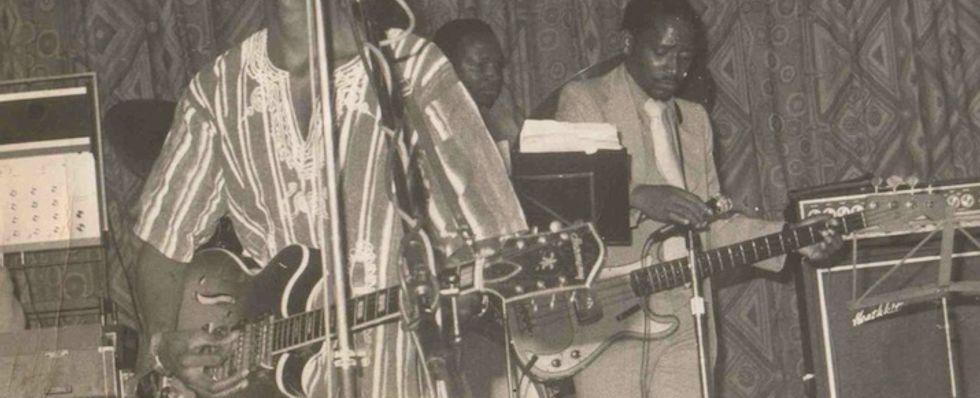
It’s hard to talk about music from the late 60’s and 70’s without mentioning psychedelic rock music. Bands like The Beatles, Pink Floyd and my personal favorite The Jimi Hendrix Experience were at their peak and everyone was singing along to their catchy tunes. The 1960’s and 70’s was also a time when the newly independent nation of Zambia was modernizing itself. Young Zambians were now finding work and they took advantage of their new economic freedom by going to clubs and buying music.
These popular western bands were imported from the west by the English people that remained in Zambia and soon enough many young Zambians were making covers of these songs and playing them in clubs. Born from this were African Bands influenced by the aesthetic and music style of these western Bands.
First coined by Zambian DJ Manessah Phiri, Zamrock was brought to popularity by bands like the Ngozi Family, which is credited with creating Kalindula music, WITCH, started by Emmanuel “Jagari” Chanda as well as acts like Rikki Ililonga, of Musi-O-Tunya; who released my favorite track of the bunch “Dark Sunrise”.
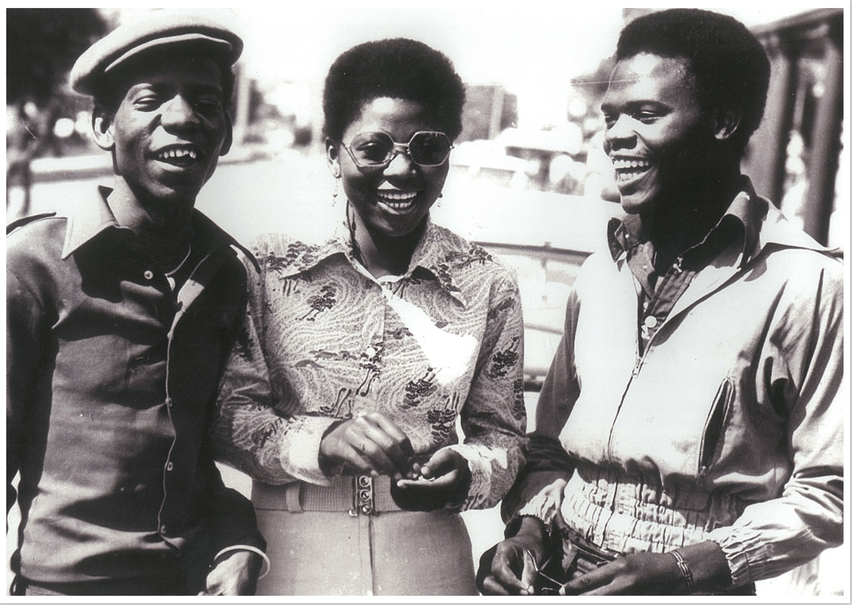
In the late 1960’s Zamrock began to flourish after founding President Kenneth Kaunda declared that 95% of music on the radio should be of Zambian origin. Artists that were only making music part-time quit their day jobs after realising that they could actually make more money making music.
With this new popularity meant the creation of even more bands and the old ones started to put out their best work. Bands like Amanaz, with their velvet underground type sound, joined the scene, The Peace, containing some members from WITCH, released, a James Brown inspired, Black Power as well as Keith Mhlevu with his sweet sounding banger, Love & and Freedom.
Zamrock bands held sold out shows, packed stadiums and even toured neighbouring countries. All of these bands will continue to become superstars in their country, for half a century that Zamrock was at its peak.
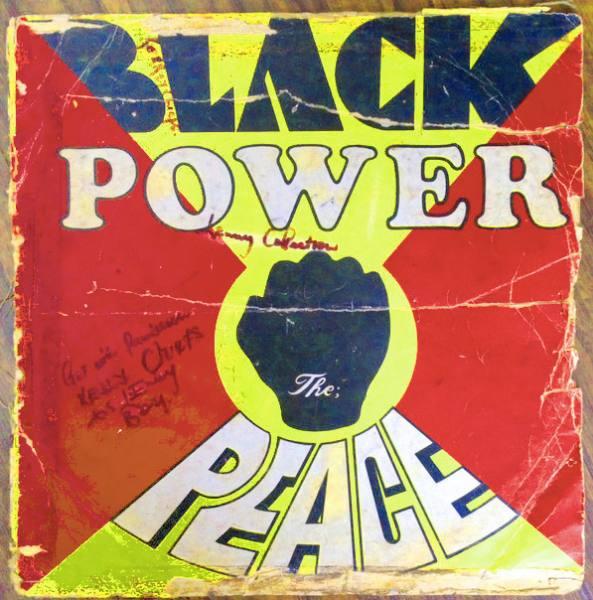
However, these good things would not continue to last. Zambia’s involvement with neighbouring countries’ fight for independence slowly added to the death of Zamrock. Countries like Namibia, Zimbabwe and Angola were going through war and President Kaunda thought it was his duty to support his neighbours. However, this decision will later bring forth consequences for Zambia, forcing the President to put on a more authoritarian role. A national curfew was established followed by black outs which were caused by Zambian power stations being bombed by Apartheid forces; playing in the evening became next to impossible.
However, this did not force Zamrock out of existence just yet, even though some bands like WITCH separated or ended, others still continued to play. Either by playing during the day or locking their audience in venues for 12 hours for those who decided to play in the evening. Although more western genres like Reggae, RnB and Hip Hop became more popular, Zamrock continued on until the 80’s, however, the money was not the same anymore. Piracy, especially hit the genre hard.
In 1984 Zambia had its first case of HIV reported and as the Zamrockers continued to live their rockstar lifestyle they became the most at risk. As time passed almost all of the original Zamrock artists died from AIDS or from diseases related to it. The few artists that remained were Rikki Illilonga and Emmanuel “Jagari” Chanda. These artists had either left the country or changed professions before the AIDS pandemic hit.
As with a lot of African music from the mid to late 20th century, only a few recordings survived. However, as of recent, a few blogs began to write about this once lost music and then later, old vinyls started to appear on Youtube. Once again, interest for this music grew, only this time it was international.
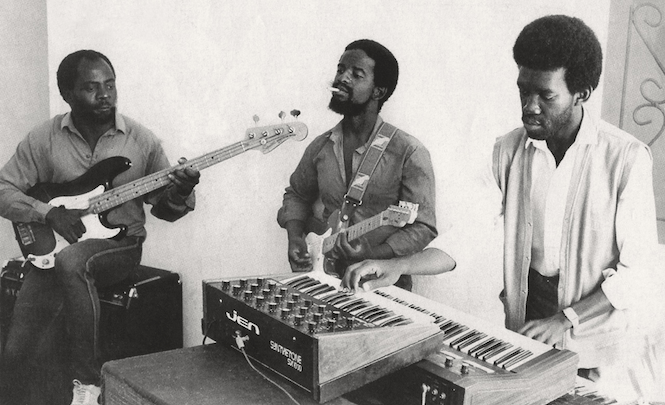
Record labels like Now Again Records started to look for more Zamrock music and located the original masters. They then struck a deal with the surviving artists to reissue their classics. While artists like Rikki Illilonga and “Jagari” started playing music again, even touring to places like the United States as recently as 2020.
Although these Zamrock bands were initially influenced by western music, at the end of the day, they are Africans who made rock music for Africans. The genre should not be forgotten and deserves to be part of the future of African music just as much as it was part of its history.
Taken from a 2020 Open Culture article written by Josh Jones; a German record label puts it best: “ the future of music happened decades ago.” Now we are all finally “paying attention” to it.
Related Posts





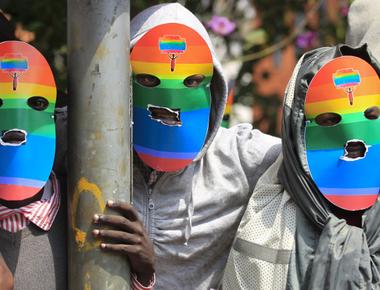
Quick Links
Legal Stuff

